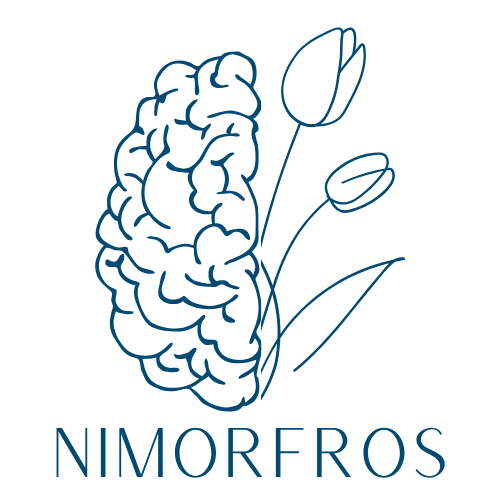Anúncios
Have you ever wondered why some health advice sticks while other messages get ignored? The HealthComms checklist is a simple tool to help your audience find what they need, understand it quickly, and act with confidence.
Você work in a fast-moving information world where people skim on phones and juggle choices about care and benefits. Using plain language, thoughtful organization, and testing with real users cuts clutter and lowers confusion.
Start before you write by defining the reader and the goal. Draft with short sentences, remove jargon, plan for accessibility, and test your content with the people who will use it. This structured approach saves time and builds trust.
This guide is educational and evidence-informed. It does not replace advice from qualified professionals. Use the checklist and consult experts for diagnosis, treatment, or tailored guidance.
Why clear HealthComms matters today
When messages are simple, people find and use health information faster. You live in a moment where speed and volume make it hard to spot reliable advice.
Anúncios
Clarity builds trust. Be transparent about what is known and what is not. Tell readers what steps they can take next. This reduces confusion and anxiety.
Inclusivity and accessibility matter. Write for readers with different literacy levels. Use high-contrast text, alt text for images, and meaningful link labels so assistive tools work better.
- Plain, consistent language helps people make safer, more confident choices.
- Organize for scanning with clear headings and short paragraphs so readers act quickly.
- Test messages with real users and adapt based on what they do and say.
- Plan translations and inclusive examples to improve equity and reach.
Follow plain-language best practices before you write, while you draft, and during review. Use evidence-informed methods and encourage readers to consult qualified professionals for personal diagnosis or treatment.
Anúncios
HealthComms checklist
Know your reader and your aim before you draft a single line. A quick plan keeps writing focused and reduces rewrites.

Define your audience and goal before writing
- Name the audience, their needs, and constraints.
- State one clear goal: the action you want them to take.
- Note what they already know to avoid repetition.
Use plain language from the start
- Choose common words and short sentences.
- Use active verbs and one idea per sentence.
- Replace jargon with simple examples.
Organize, write actionable steps, and check access
- Use headings, bullets, and numbered steps for scanning.
- Give clear prerequisites and realistic time frames.
- Run basic accessibility checks: alt text, contrast, and readable links.
Use numbers, address culture, and test
Label figures clearly and explain what numbers mean in plain terms. Avoid idioms and plan professional translations when needed. Run short user tests, watch where people hesitate, and revise accordingly.
Finish by naming next steps and who to contact. Fact-check with experts and note uncertainties. Use this checklist as a practical tool to strengthen your communication and to help people act with confidence.
Put the checklist to work across healthtech, wellness, nutrition, and fitness
Bring these methods into your workflows so people can act with confidence and less friction. Below are short, practical examples you can adapt today.
Healthtech example: onboarding for a telehealth app
Start with a one-screen overview of what users need: device, ID, and a quiet space. Use progress indicators, plain prompts, and alt text for images so setup works for more people.
Include short consent language, define terms like copay, and add a clear support path (chat, phone, email).
Wellness example: stress management program
Offer a brief explainer, who it may help, and how to begin. Give simple options: a 2-minute breathing exercise or a journaling prompt. Encourage users to seek professional care for ongoing distress.
Nutrition and fitness
Nutrition: Show serving size, calories, and key nutrients. Explain percentages in plain terms and compare two items with a short example.
Fitness: List warm-up, main moves, and cool-down in numbered steps. Offer low-impact options and remind readers to stop if they feel pain and consult a professional if needed.
Measure and improve continuously
Test flows with a few users on mobile and desktop. Track task completion, time on task, and comprehension checks.
Invite feedback at the end of pages and schedule periodic reviews. For a practical planning tool, see the health communication checklist.
Conclusão
In short, clear, tested messaging helps people find, understand, and act on health information with less friction.
Use simple structure, plain language, and short steps to make content easier to scan and follow. Build accessibility checks into your process and get feedback from real users.
Você can apply this approach across web pages, apps, emails, and handouts. Use the HealthComms checklist as a shared standard for your team and schedule regular reviews to keep facts current.
Protect trust by stating limits, linking to reputable resources, and urging readers to consult qualified professionals for diagnosis or treatment. Invite feedback so your work keeps improving for the people who rely on it.



